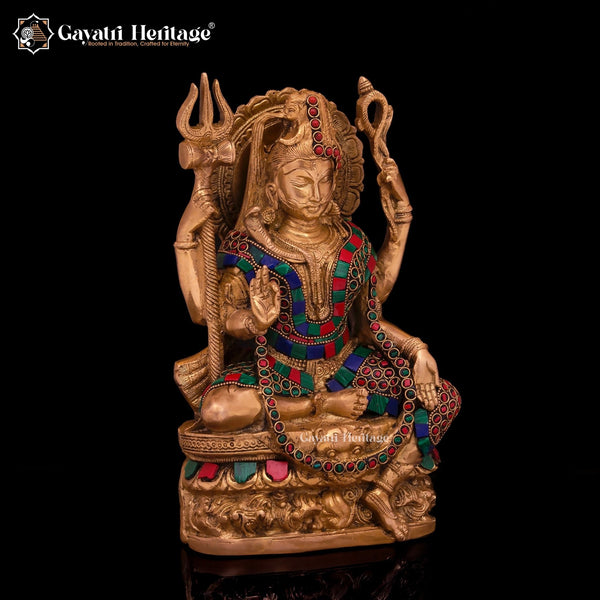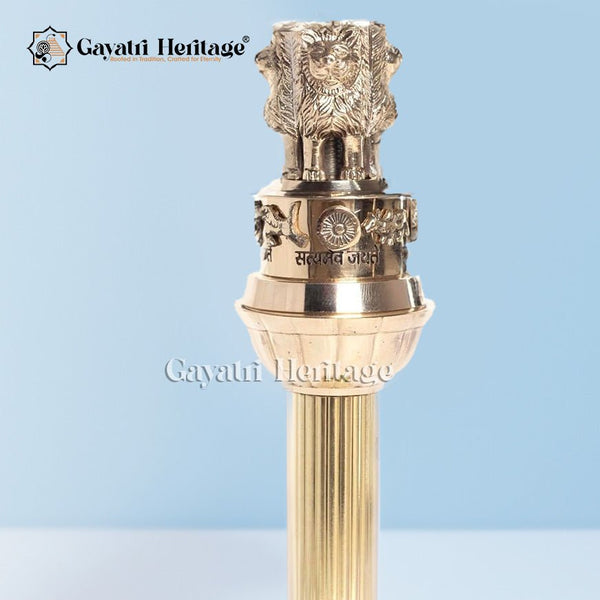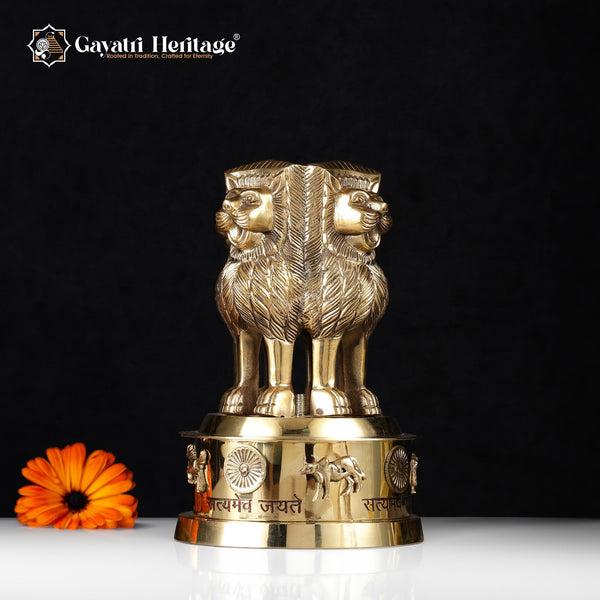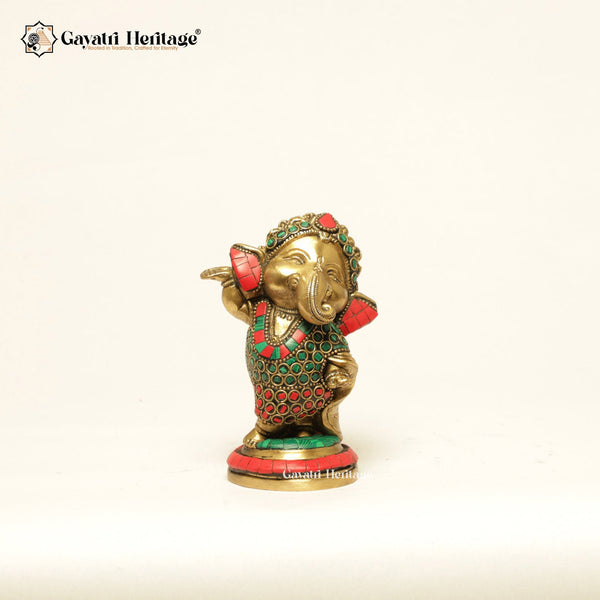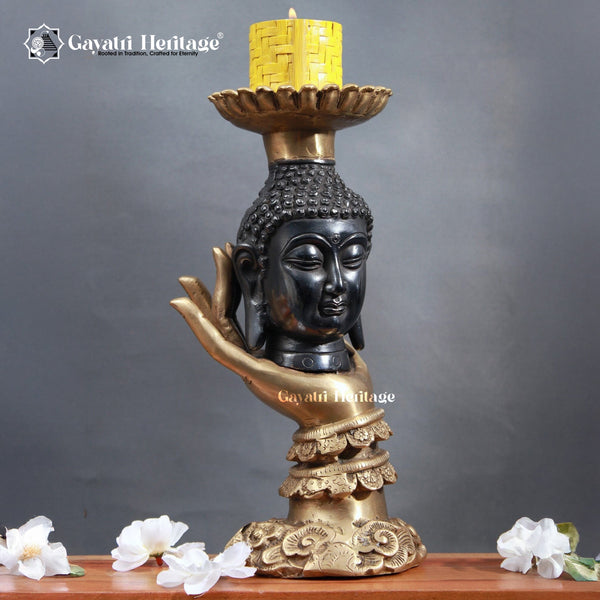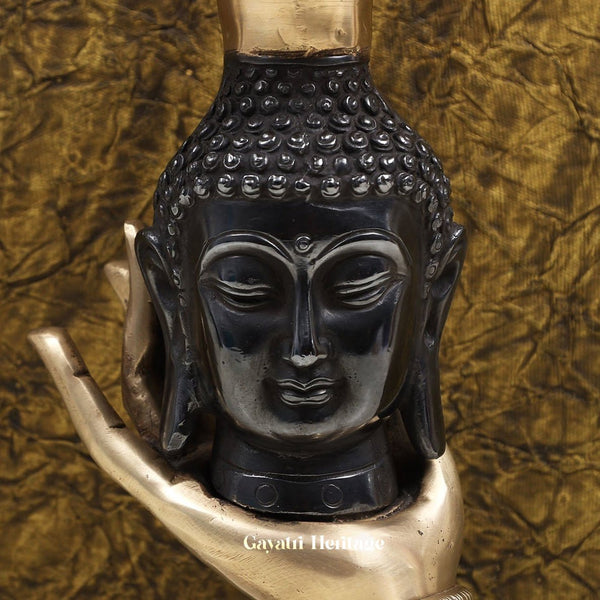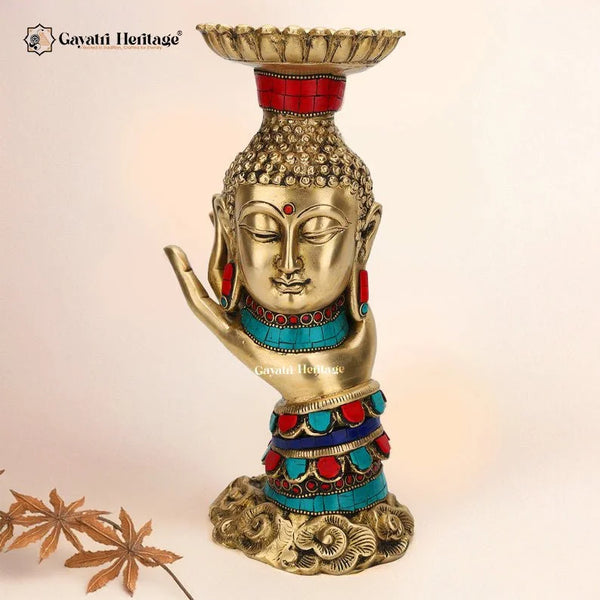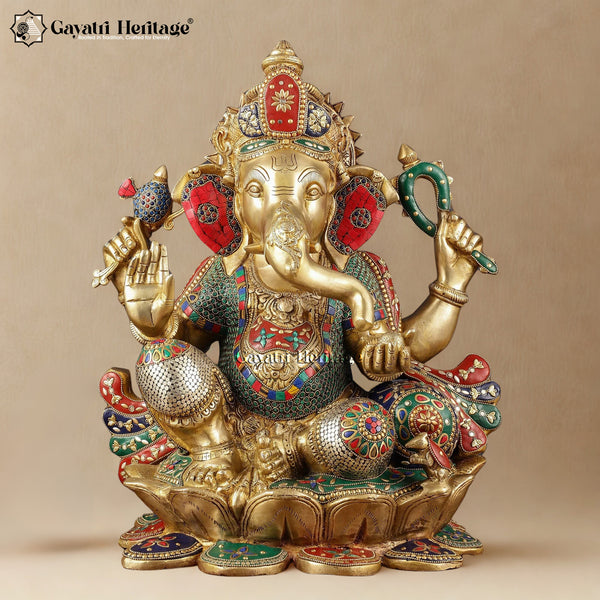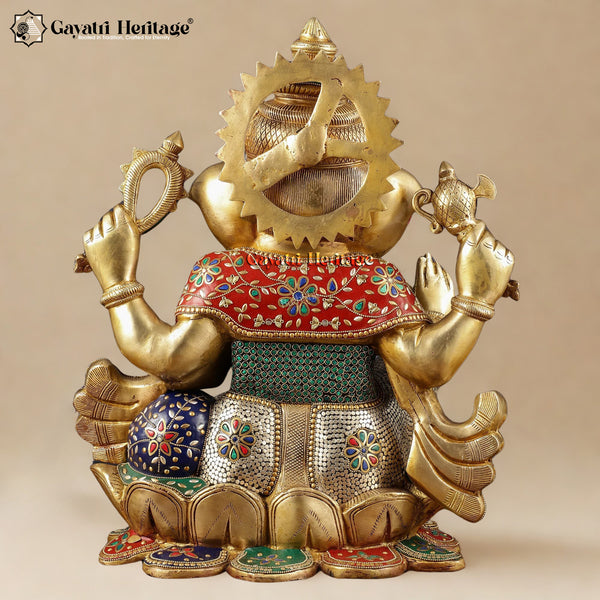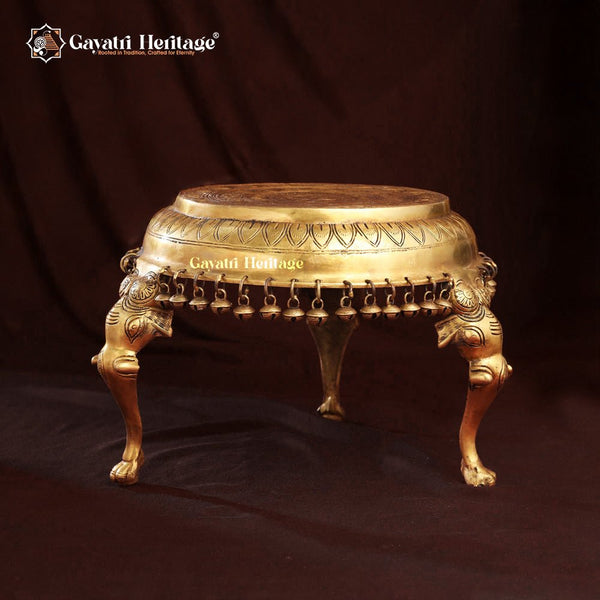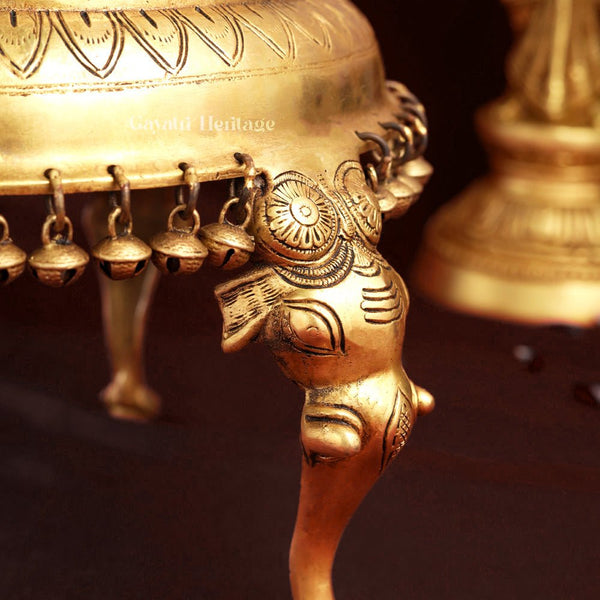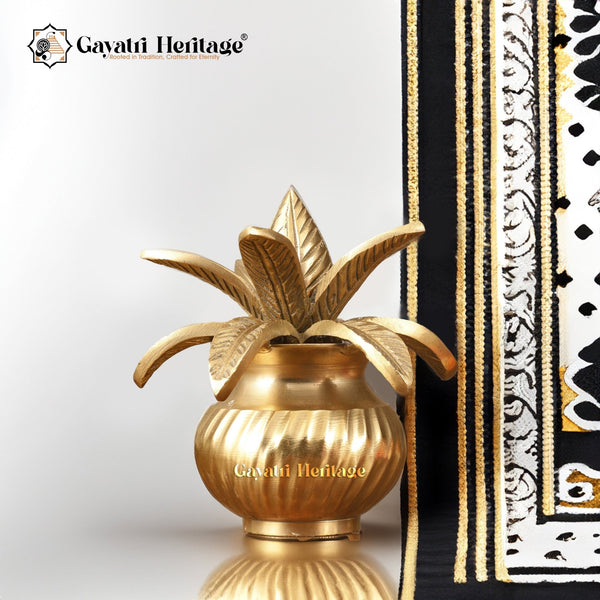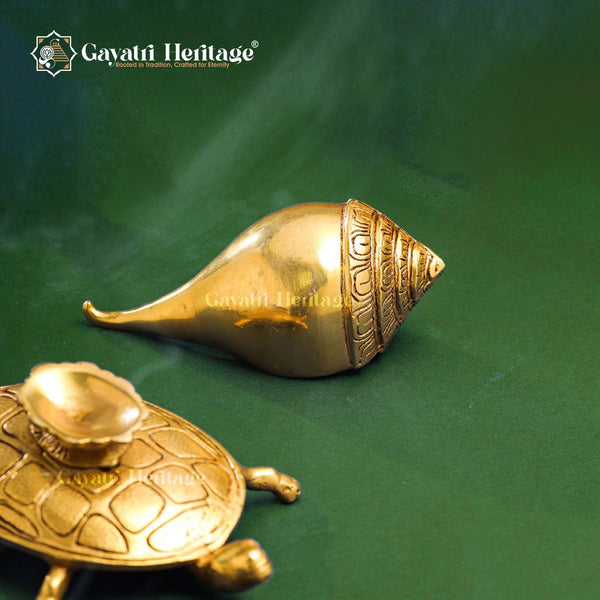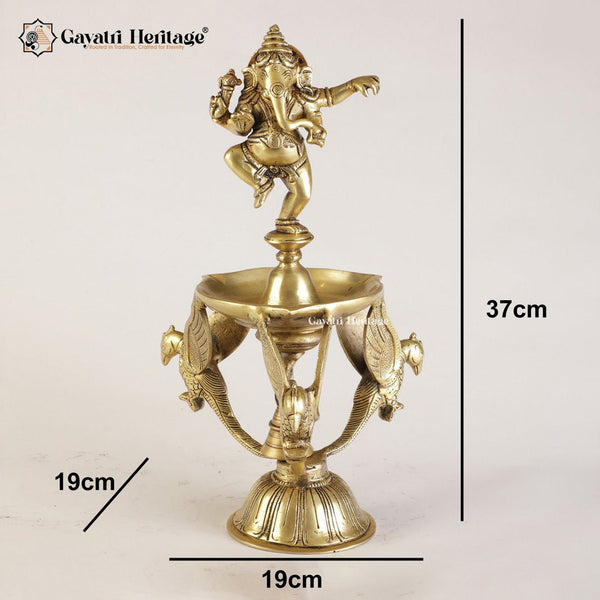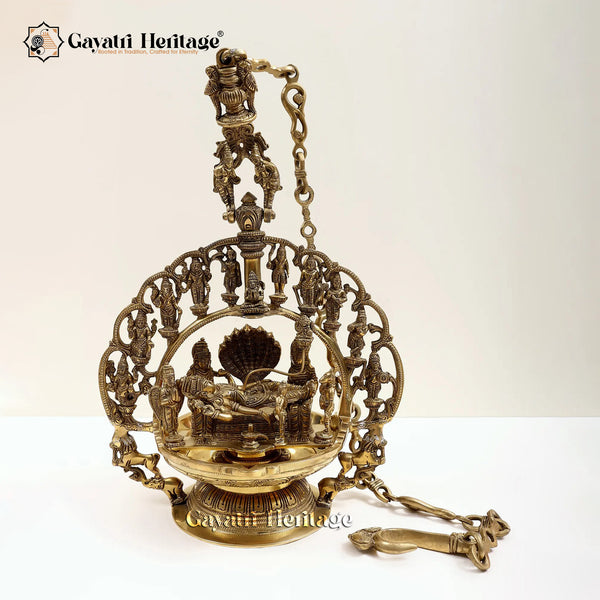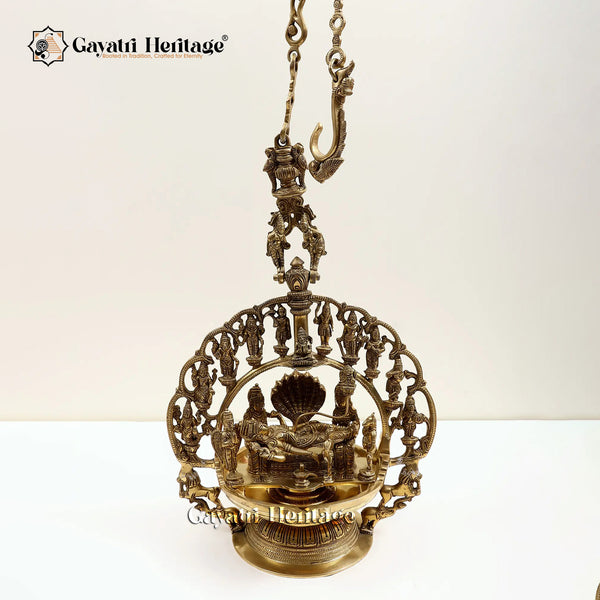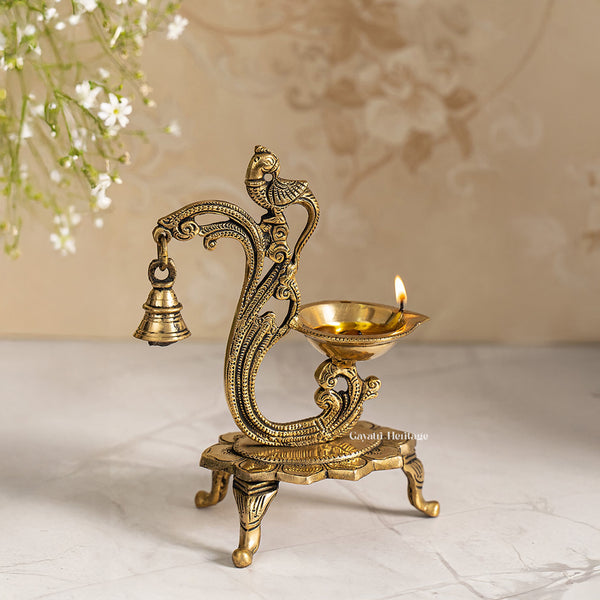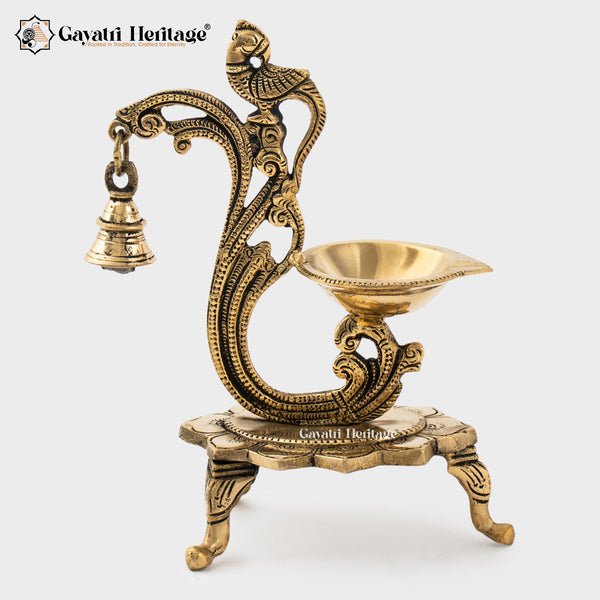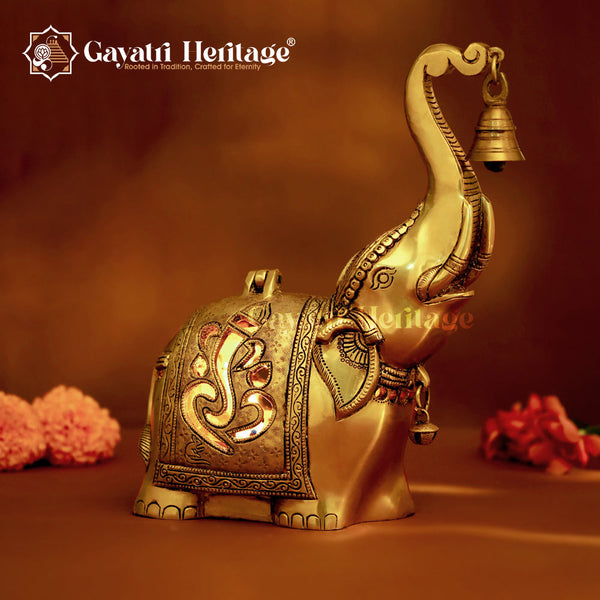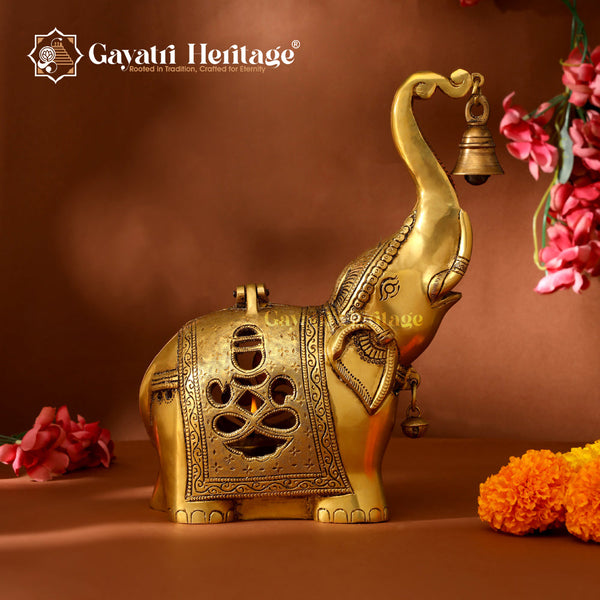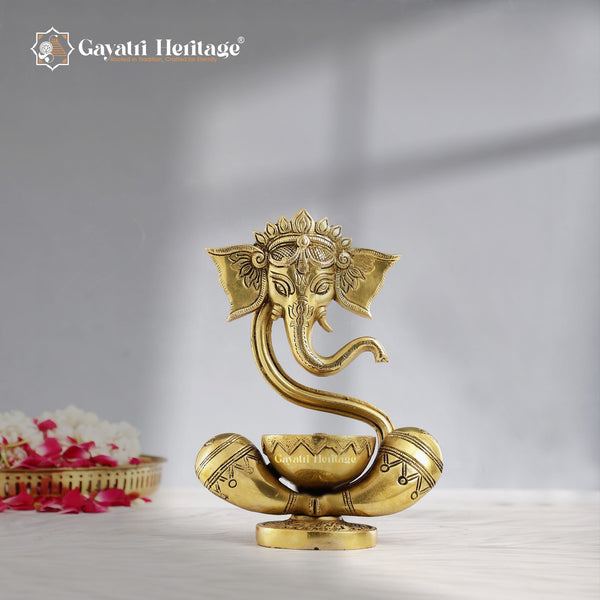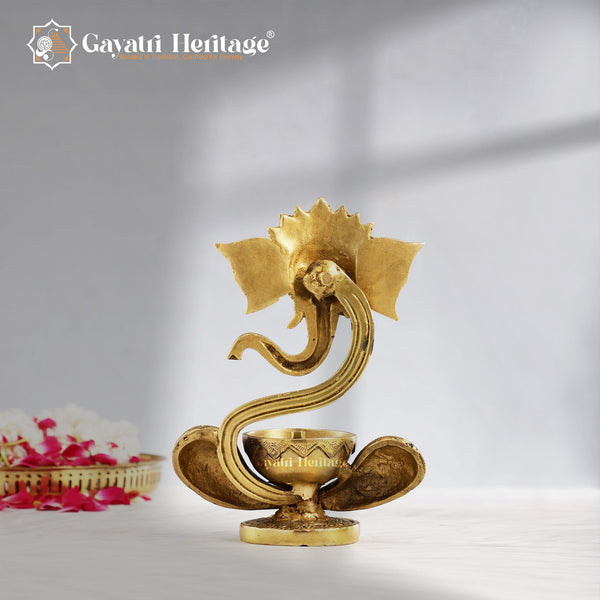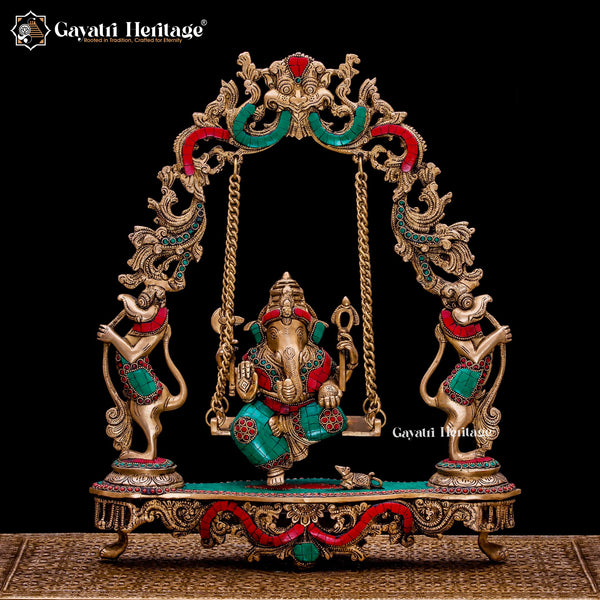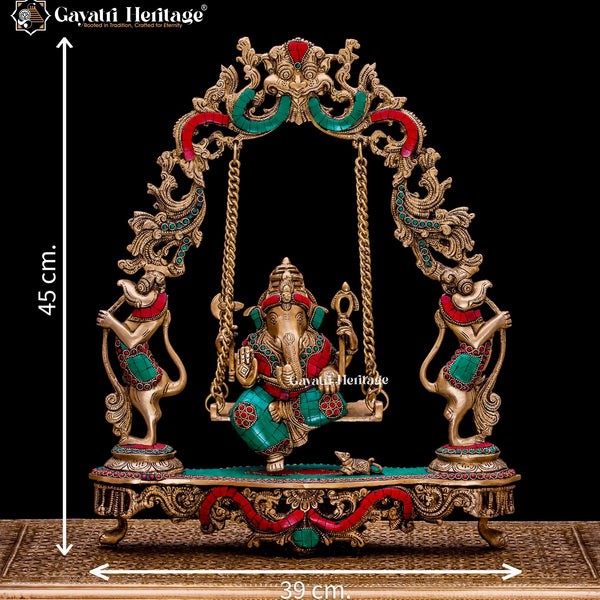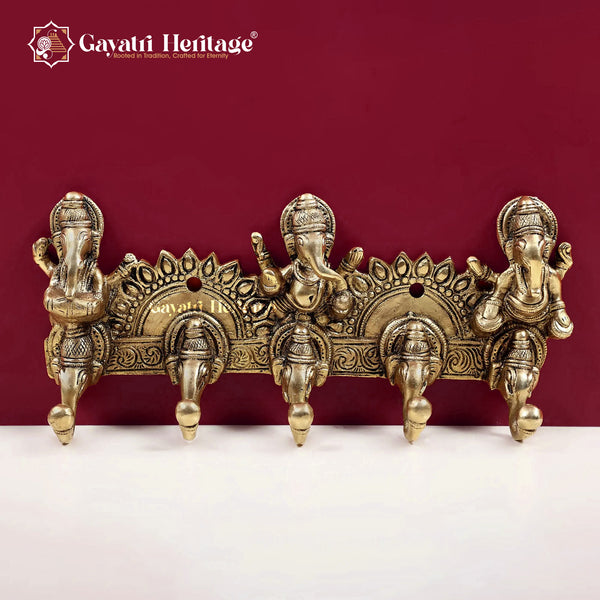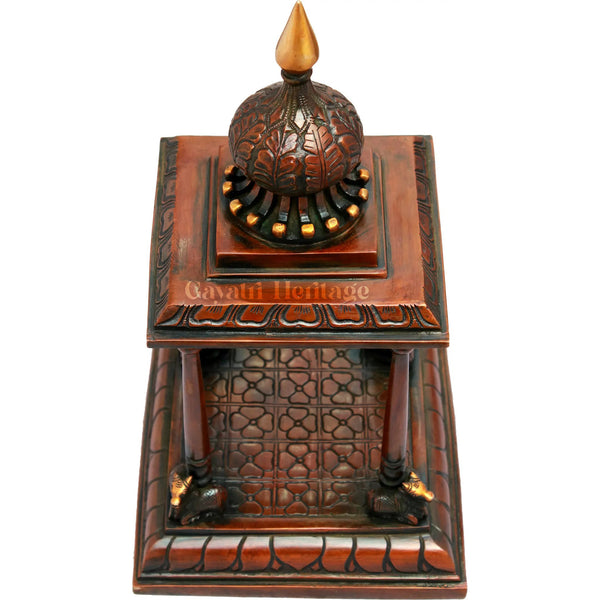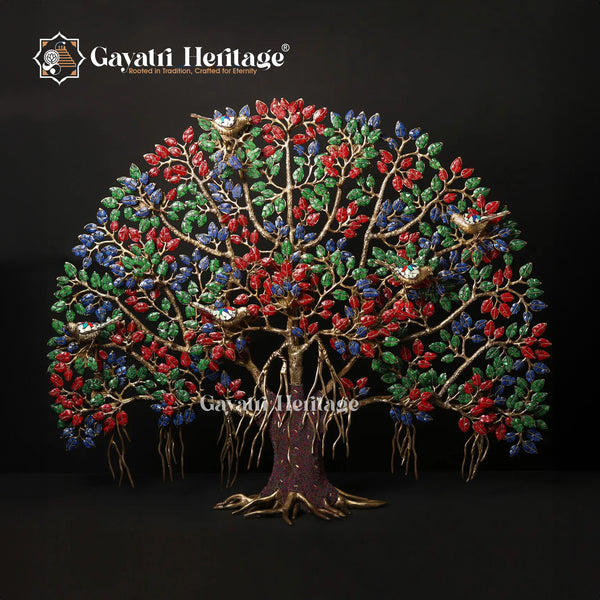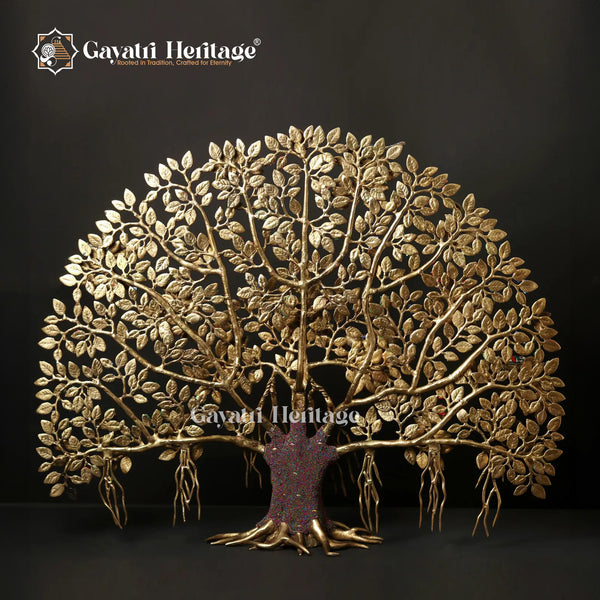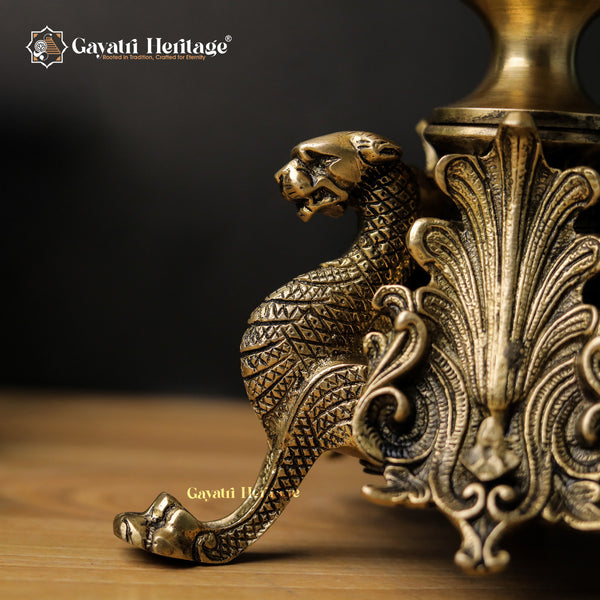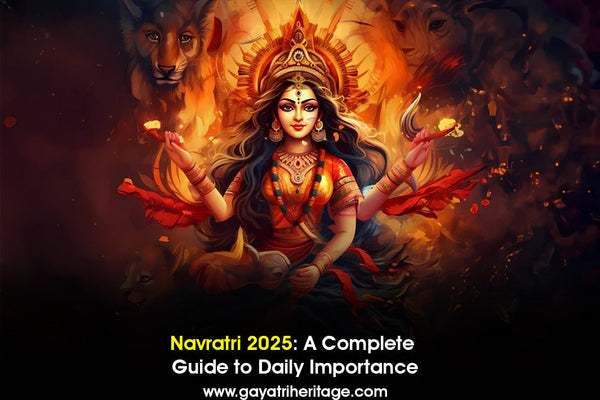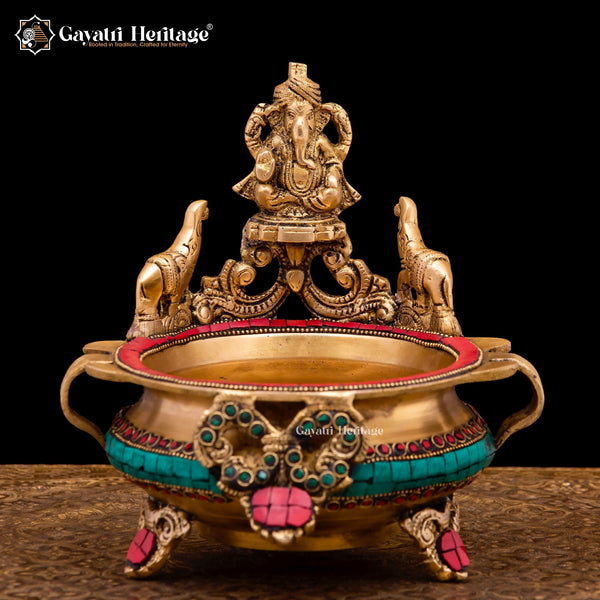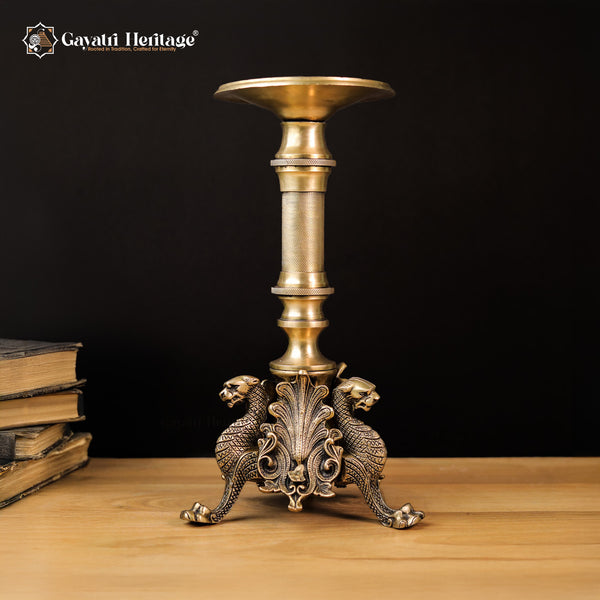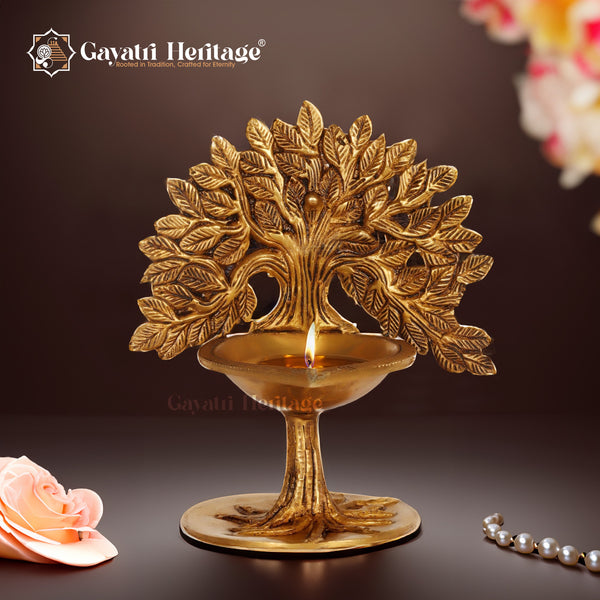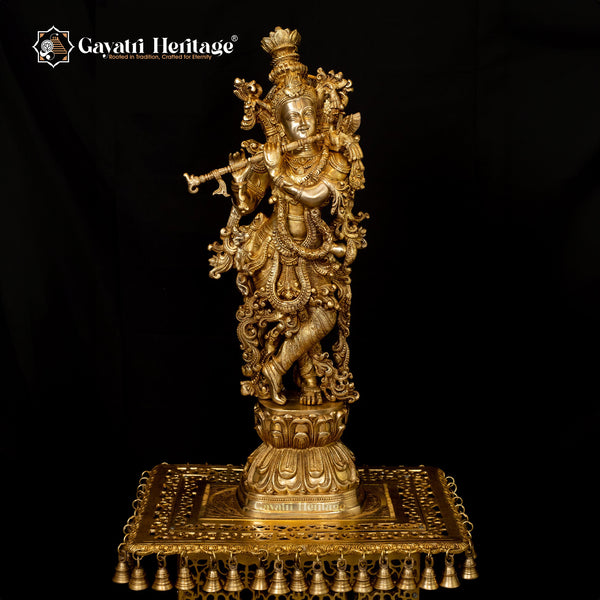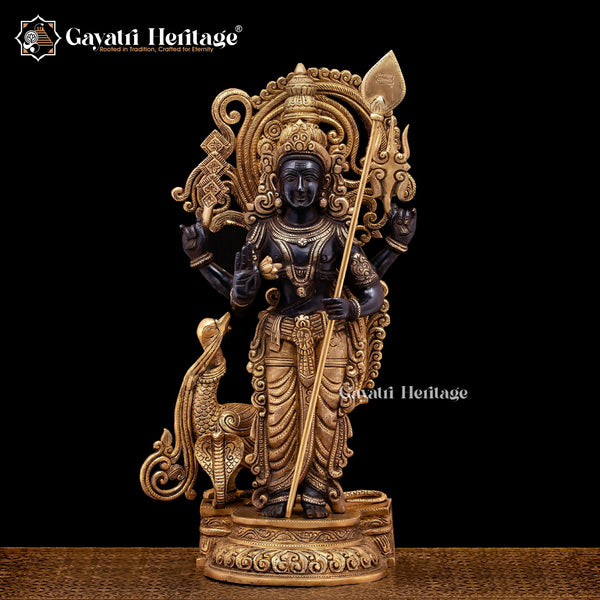The Parashurama Avatar, the sixth incarnation of Lord Vishnu, is an embodiment of divine wrath and justice in Hindu mythology. This avatar is significant for its depiction of the righteous warrior who wields a mighty axe, destroying evil and restoring dharma (cosmic order) through his actions. The Parashurama Avatar also symbolizes the power of the Brahmin class, blending both spiritual wisdom and martial prowess to maintain balance in the world.
The Story of Parashurama Avatar
The narrative of the Parashurama Avatar is primarily found in the Bhagavata Purana, the Vishnu Purana, and other sacred texts. Parashurama’s story is tied to the downfall of the Kshatriya (warrior) class and the restoration of justice by Vishnu. According to the texts, the world was ruled by unrighteous kings who misused their power and oppressed the Brahmin class. The earth was overrun by the tyranny of the Kshatriyas, leading to widespread suffering and injustice.
To restore balance, Lord Vishnu incarnated as Parashurama, a Brahmin warrior, with a special axe (Parashu) given to him by Lord Shiva. Parashurama was born to the sage Jamadagni and his wife Renuka. He was a devout and righteous individual, but his journey was marked by a violent response to the injustice he saw around him.
One of the pivotal events that led to Parashurama’s wrath was the killing of his father, Jamadagni, by the Kshatriya king Kartavirya Arjuna. This heinous act prompted Parashurama to take up arms and seek revenge. Armed with his powerful axe, Parashurama launched a series of campaigns across the world, beheading the corrupt kings and restoring dharma. He is said to have wiped out the entire Kshatriya class twenty-one times, showcasing his relentless determination in upholding justice.
Symbolism and Significance of Parashurama Avatar
The Parashurama Avatar holds profound symbolic meaning, emphasizing divine intervention through strength, justice, and retribution:
- The Axe (Parashu): Represents the power of righteous anger and the ability to destroy evil when all other means fail. It is a tool of purification, cutting through the ignorance of those who violate dharma.
- Parashurama’s Righteous Fury: His relentless battle against the corrupt Kshatriya kings highlights the need for divine intervention when evil becomes too great. His actions symbolize that power should only be used for the welfare of the world.
- Restoration of Dharma: The destruction of the Kshatriya class by Parashurama represents the victory of righteousness over tyranny. His avatar reminds us that when dharma is under threat, divine powers will act to restore balance.
Parashurama in Hindu Texts and Shlokas
In the Vishnu Purana, Parashurama’s avatar is described in detail, and several shlokas celebrate his deeds. One such shloka is:
“त्वं हि देवं च मर्त्यं च यशःपुरुषवर्द्धन।
नमः परशुकारेण चाप्याश्वरथवृत्तिना॥”
(Translation: "You, O Lord, who incarnated as Parashurama with the axe, are revered both as a divine being and as a mortal hero, fulfilling your role in restoring the balance of power.")
This shloka emphasizes the dual nature of Parashurama as both a divine force and a mortal hero who acts as a bridge between heaven and earth.
Artistic Depictions of Parashurama Avatar
In Hindu art, Parashurama is often depicted as a fierce warrior holding an axe, with a determined expression, symbolizing his role as a protector of dharma. He is shown in the traditional attire of a Brahmin, with the axe in hand, ready to fight against injustice. His image is a powerful reminder of the strength required to uphold righteousness and remove evil from the world.
Temples dedicated to Lord Parashurama, such as the Parashurama Temple in Kerala, feature elaborate carvings and sculptures portraying the divine sage in battle, demonstrating his might and unwavering devotion to justice.
Lessons from Parashurama Avatar
The Parashurama Avatar offers essential lessons in justice, balance, and divine wrath:
- Righteousness and Justice: Parashurama teaches that righteousness must be upheld at all costs. When power is misused, it is the divine’s duty to intervene and restore balance.
- Duty to Protect Dharma: Parashurama exemplifies that one must fight for dharma, no matter how difficult the struggle. It is the responsibility of the virtuous to act when evil becomes overwhelming.
- The Power of Divine Wrath: The avatar illustrates that while mercy is essential, sometimes divine intervention in the form of wrath is necessary to defeat evil and restore order.
Parashurama Avatar in Vedic Literature
In Vedic literature, Parashurama’s divine mission is recognized, especially in the Vishnu Sahasranama, where he is praised for his strength and commitment to restoring order. His actions are also seen as a precursor to the more peaceful avatars of Vishnu, setting the stage for the later incarnations like Rama and Krishna, who embody justice with compassion.
Discover Vishnu’s Dashavatara at Gayatri Heritage
At Gayatri Heritage, we invite you to explore the divine and timeless wisdom of Lord Vishnu’s Dashavatara. Our collection of brass sculptures, including the Parashurama Avatar, is crafted with devotion and precision, offering a glimpse into the divine power and spiritual significance of these sacred incarnations.
Shop now at gayatriheritage.com to bring home the divine presence of Lord Vishnu’s avatars, and stay connected for more enriching stories from Hindu mythology and timeless art forms.






